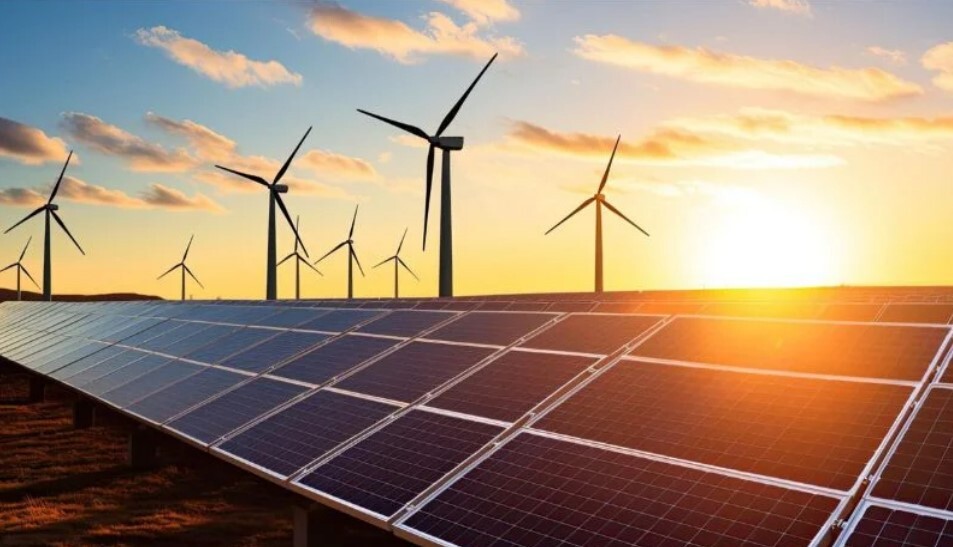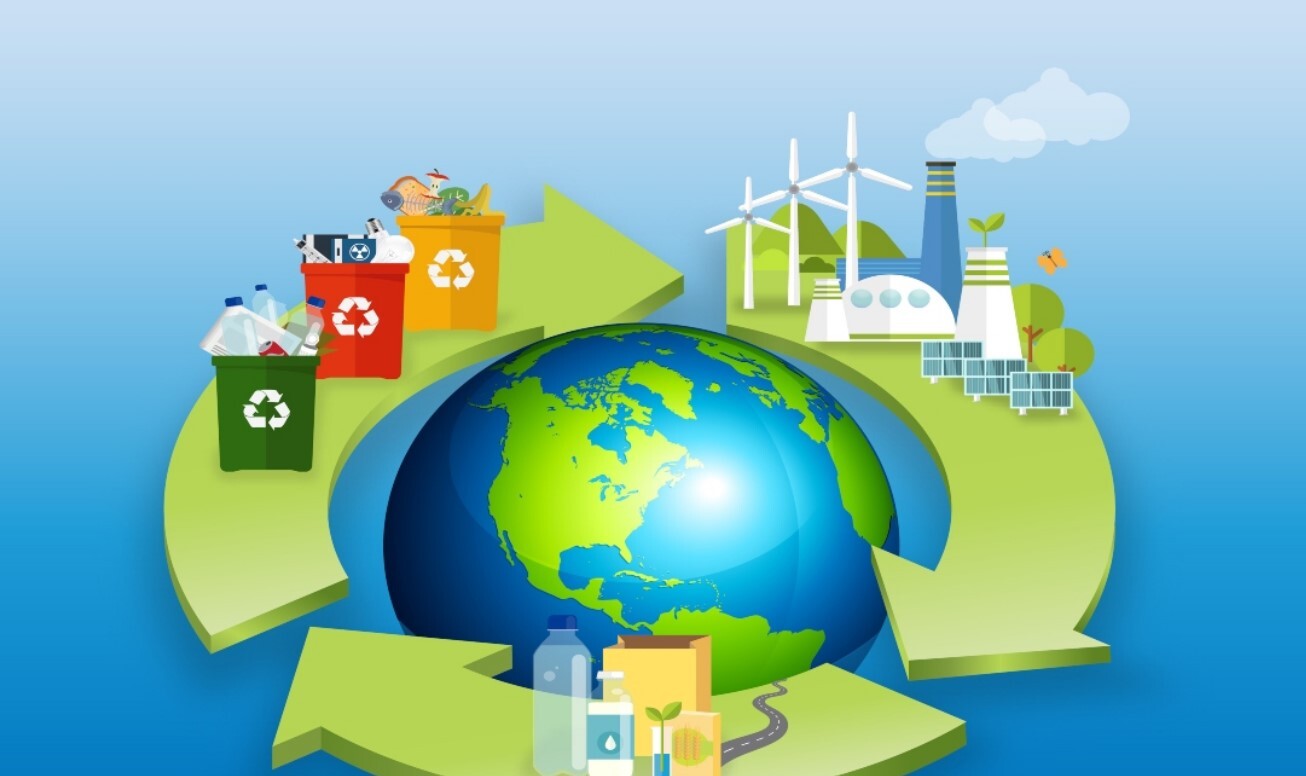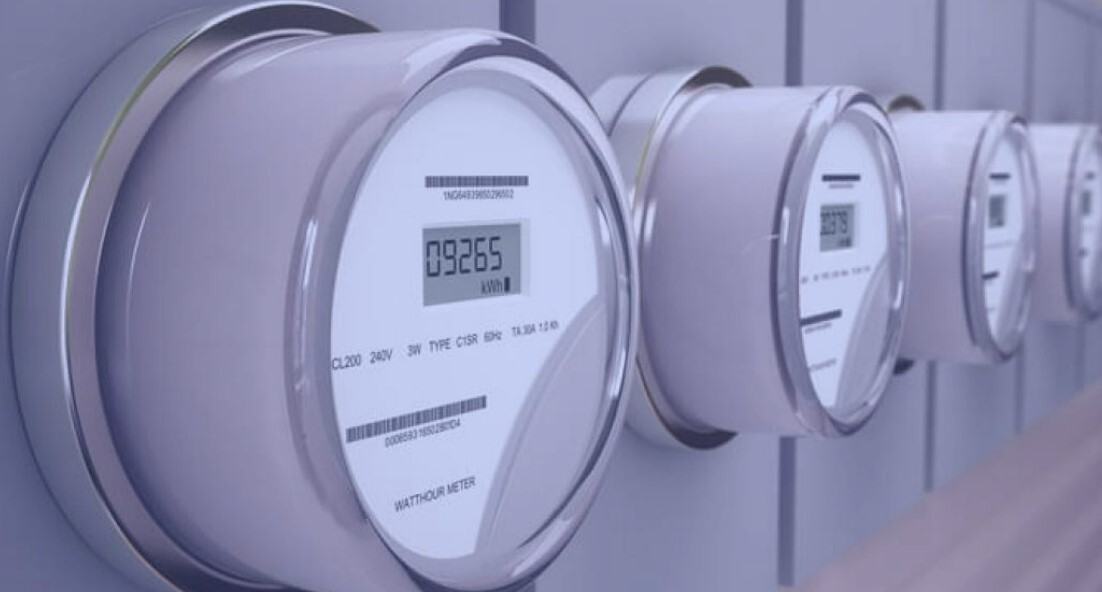Introducing the best innovation in clean technologies/energy waste barrier technology

Anna reports;
Cleantech companies optimize energy consumption wherever possible, from large-scale applications to the individual level, for cleaner operations.
According to the reporter of the Anna Science and Technology News Agency, while global greenhouse gas emissions are increasing at an alarming rate, countries are transitioning to cleaner resources, fuels, energy and technologies. This technological transition enables processes, products and services that reduce negative environmental impacts.
Cleantech companies optimize energy consumption wherever possible, from large-scale applications to the individual level, for cleaner operations.
These companies are striving for sustainable reforms in their business processes. The most common trend in clean technology is the integration of renewable energies. Innovations in this field allow mass production of clean energy with minimal waste and costs.
Most start-up and scale-up companies active in the field of clean technologies are active in America, and then in Western Europe and India.
In this report, 8 top clean technology trends and innovations are introduced.
renewable energy
With the current trend of fossil fuel reduction, there is an urgent need to transition energy to alternative sources that are more sustainable without harming the environment. Renewable energy sources such as solar, wind, geothermal and wave energy are the most popular alternatives.

Various industries use renewable fuels to make their operations cleaner and more sustainable. In addition, startups are driving sustainable innovation by using renewable energy systems to optimize large-scale high-carbon operations.
Low carbon construction
The construction industry is notorious for releasing harmful pollutants into the environment and using highly wasteful materials in its processes. However, the construction sector is transitioning to more sustainable and rotational practices. Low-carbon construction makes the building process less harmful and more in harmony with living nature, including plant surfaces and walls that cool the building.

Knowledge foundations also use cleaner, low-carbon building materials in homes and public spaces to limit energy consumption without compromising important quality parameters. In addition, they are developing green building materials such as alternatives such as hemp-based concrete, bamboo flooring and green insulation to replace polluting materials.
Alternative transport
The transportation sector has made significant leaps in clean technology with developments such as the development of electric vehicles (EVs). Types of electric vehicles include cars that work with batteries, hybrid vehicles, hyperloop technology and plug-in hybrid cars, etc. In addition, knowledge bases are testing different combinations of sustainable fuels to fully replace conventional automotive fuels.

One example of an alternative to traditional fuel is green hydrogen, which is obtained by splitting water into hydrogen and oxygen using low-carbon energy sources. The transport sector is also using other eco-friendly technologies such as EV charging stations and green GPS systems with artificial intelligence to facilitate decarbonisation.
Carbon capture, utilization and storage
Carbon capture, utilization and storage (CCUS) is the process of absorbing the emitted carbon to store or cycle the absorbed carbon, thereby reversing its negative effects. These methods ensure the clean disposal of industrial carbon dioxide (CO2), which would otherwise pollute the environment. Innovations in this field include artificial photosynthesis using biosolar leaves and phytoplankton-based solutions that mimic the chemical process of photosynthesis.
Advances in the field of CCUS also address methane emissions from cattle, which is one of the largest contributors to greenhouse gas emissions. In addition, startups are developing carbon capture and sequestration technologies to convert carbon into a variety of useful materials, such as carbon-based plastics and biochar (charcoal made from plant biomass used as fertilizer).
Circular waste management
Safe and sustainable management of waste reduces its impact on the environment. Although waste management is an old concept, startups are coming up with innovations to dispose of waste as efficiently as possible or convert it into useful materials to improve the product life cycle. Waste-to-energy solutions include processes such as anaerobic digestion, pyrolysis, incineration, and waste-to-fuel conversion.

Other trends include wastewater treatment methods such as gray water recycling, rainwater harvesting, and electrocoagulation systems. Chemical recycling and remanufacturing are other circular processes in waste management.
Some startups develop a comprehensive waste disposal facility that recycles unseparated residential waste in some way. This on-site solution uses thermal gasification to convert waste to energy, leaving behind a by-product called slag, which is used in sustainable construction; Therefore, the solution of such knowledge-based companies overcomes the challenge of sustainable treatment of huge amounts of municipal solid waste in urban areas.
Green material
Startups and skill-ups in all industries are trying to replace fossil-based materials with green materials. These materials are obtained from organic sources, including food and agricultural waste, without producing toxic by-products.
Bioplastics and biofibers are the most commonly used green materials, reducing the amount of plastic waste and single-use textiles. In addition, researchers are looking for feeds that can replace existing methods of feeding livestock on a mass scale so as not to disrupt the ecological food cycle.
Energy consumption management
One of the main concerns that clean technology pays attention to is the management and optimization of energy consumption to reduce energy waste. For example, data centers are very energy intensive, but infrastructure innovations are reducing their energy demand.
Liquid cooling and modular data centers are solutions that achieve this. Liquid cooling is a process where a liquid coolant is injected directly into the computer chip to remove excess heat from the data hall and prevent machines from overheating.

Similarly, energy monitoring solutions automatically control the indoor environment in residential and commercial buildings to reduce energy load. Startups are using artificial intelligence and big data to further improve energy monitoring systems.
Sustainable automation
Automation increases the speed of manual work in various sectors such as manufacturing, agriculture and transportation. In addition, automation is very effective in driving industries towards sustainability. One of the important applications of automation is in building monitoring systems that enable autonomous solutions such as smart thermostats to control electrical appliances.
Another interesting innovation is that the smart power strip prevents devices from going into standby mode and turns them off instead. This greatly reduces the energy wasted by gadgets when not in use. Also, sustainable automation has many applications in the smart factory environment where operators use artificial intelligence to optimize operations.






